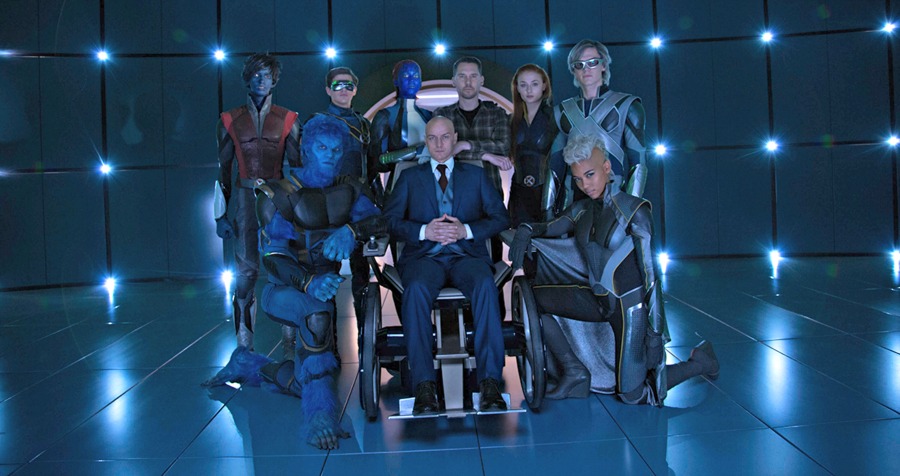Pittsburgh Stops Tampa Bay In Game 7, Will Face San Jose For Stanley Cup
Pittsburgh Penguins goalie Matt Murray makes a kick save Thursday against Brian Boyle of the Tampa Bay Lightning during the third period in Game 7 of the Eastern Conference Finals in Pittsburgh. Matt Kincaid/Getty Images hide caption
toggle caption Matt Kincaid/Getty Images
Sharks vs. penguins is not typically an even matchup in the wild. Then again, the feathery penguins don’t have Sidney Crosby.
The Pittsburgh Penguins star says his team used “desperation level” effort in Game 7 of the Eastern Conference Finals on Thursday, claiming a 2-1 win and a matchup against the San Jose Sharks for the championship.
Bryan Rust scored a pair of second-period goals and Matt Murray stopped 16 shots to lift the Penguins over the Lightning and send the franchise to the Stanley Cup Final for the first time since 2009.
Pittsburgh will host Western Conference champion San Jose in Game 1 of the final at 8 p.m. ET Monday night, with the game broadcast on NBC.
Jonathan Drouin scored his fifth goal of the playoffs for the Lightning and Andrei Vasilevskiy made 37 saves, but it wasn’t enough to send Tampa Bay back to the Cup Final for a second straight year. Captain Steven Stamkos had two shots in his return from a two-month layoff while dealing with a blood clot.
Pittsburgh had dropped five straight Game 7s at home, including a 1-0 loss to Tampa Bay in 2011 in a series in which both Crosby and Evgeni Malkin missed due to injury. That loss had become symbolic of the franchise’s postseason shortcomings following that gritty run to the Cup in 2009 that culminated with a Game 7 win in Detroit that was supposed to be the launching pad of a dynasty.
Seven long years later, with an entirely new cast around mainstays Crosby, Malkin, Kris Letang, Chris Kunitz and Marc-Andre Fleury, the Penguins are finally heading back.

Joel Ward of the San Jose Sharks celebrates after scoring his second goal Wednesday in San Jose against Brian Elliott and the St. Louis Blues in the Western Conference Finals. Ezra Shaw/Getty Images hide caption
toggle caption Ezra Shaw/Getty Images
They’ll face a San Jose team that wrapped up the Western Conference Finals on Wednesday with 5-2 win over St. Louis. It’s the 25-year-old franchise’s first Stanley Cup Finals, and comes a year after the team missed the playoffs entirely.
Captain Joe Pavelski scored an early goal, Joel Ward added two of his own, Logan Couture had an empty-netter and Joonas Donskoi also scored for the Sharks, while Martin Jones made 24 saves.
With the loss, the Blues’ postseason woes continue as the franchise still seeks its first championship and first trip to the Stanley Cup Final since 1970. Coach Ken Hitchcock’s second goalie change of the series did not work as Brian Elliott allowed four goals on 26 shots in his return to the net.
Vladimir Tarasenko, a 40-goal scorer in the regular season, got his first points of the series when he scored twice in the third period but it was too late for the Blues.




